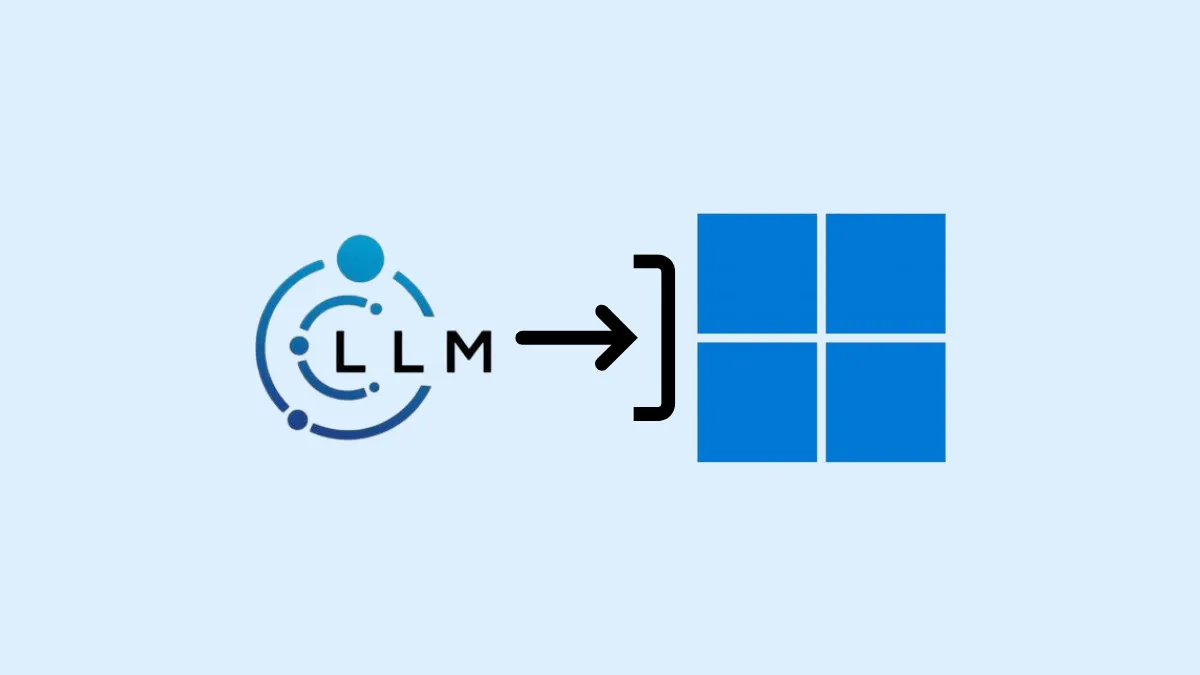Gemma 3 is a powerful large language model (LLM) that allows you to perform various natural language processing tasks directly on your local machine. Installing Gemma 3 on your Windows 11 PC provides fast, offline access to advanced language processing capabilities without relying on cloud services. Follow these detailed steps to get Gemma 3 up and running smoothly on your system.
Prerequisites
Before starting, ensure your Windows 11 PC meets the following requirements:
- Windows 11 with administrator privileges.
- Python 3.10 or higher installed (download from official Python website).
- Git installed for cloning repositories (download Git here).
- Sufficient disk space (at least 20 GB recommended).
- An NVIDIA GPU with CUDA support is recommended for optimal performance, though CPU installation is also possible.
Method 1: Installing Gemma 3 Using Python and Git (Recommended)
Step 1: First, ensure Python is properly installed on your system. Open Command Prompt or Windows Terminal and verify your Python installation by typing:
python --version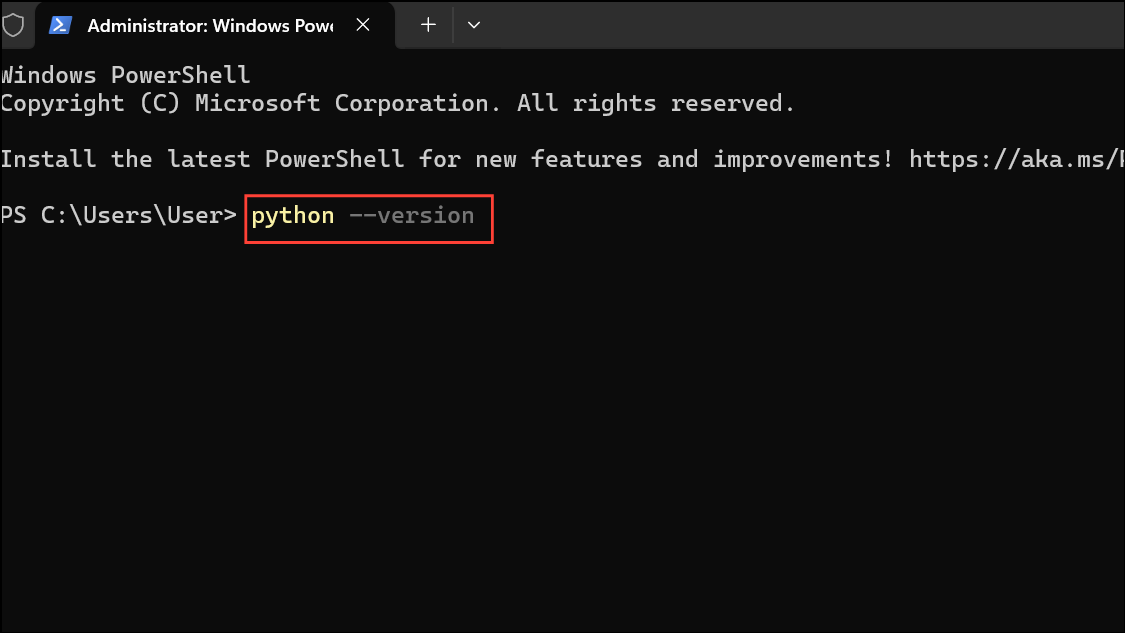
If Python is correctly installed, you'll see something like Python 3.10.x. If not, download and install Python from the official website linked above.
Step 2: Next, install Git if you haven't already. Verify the installation by typing:
git --version
If Git is installed correctly, a version number will appear. Otherwise, install it from the official link provided in the prerequisites section.
Step 3: Clone the official Gemma 3 repository to your local machine. Navigate to a directory where you'd like Gemma 3 files stored, then run:
git clone https://github.com/google/gemma.git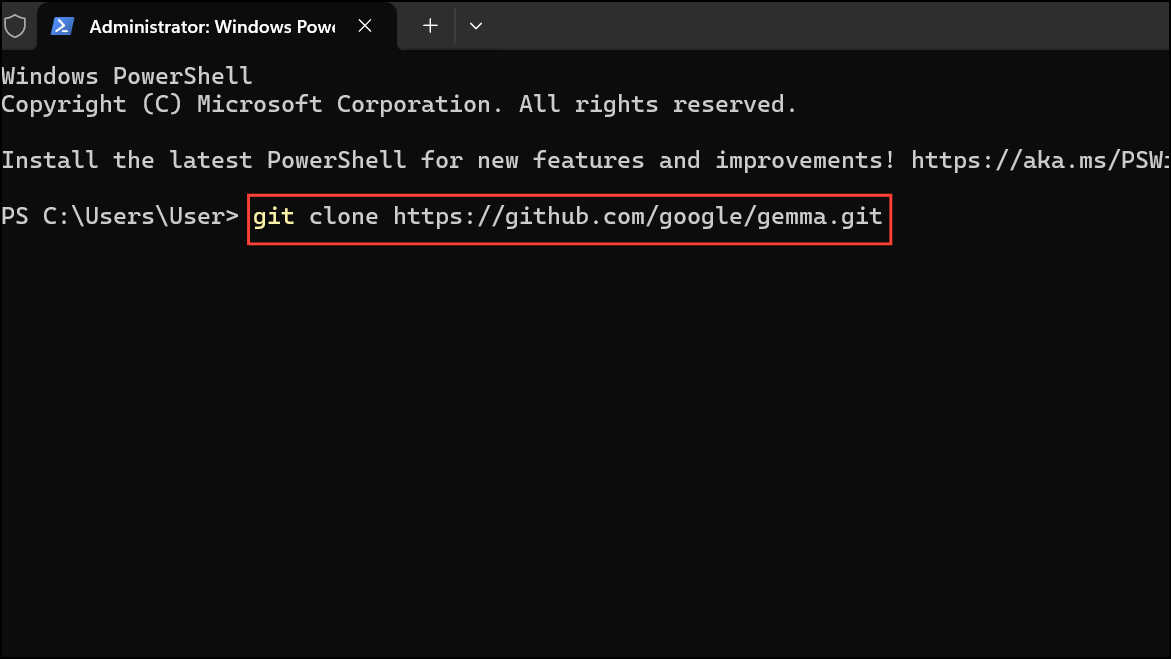
This command downloads the Gemma 3 repository to a new folder named gemma.
Step 4: Navigate into the cloned Gemma directory using the following command:
cd gemma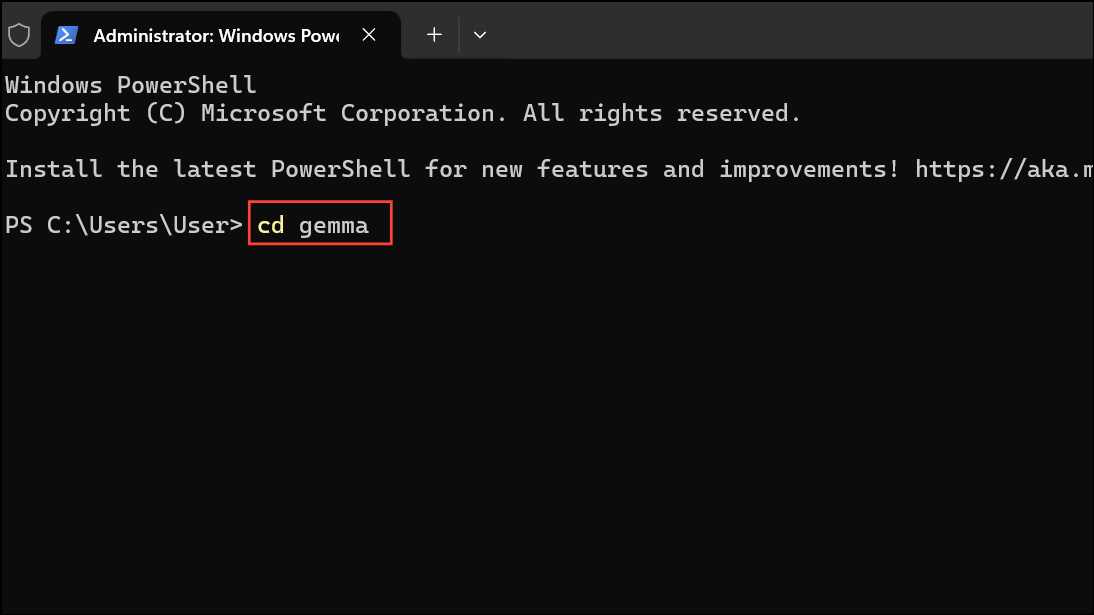
Step 5: Now, set up a Python virtual environment to manage dependencies cleanly. Create and activate the virtual environment by typing:
python -m venv gemma-env
gemma-env\Scripts\activate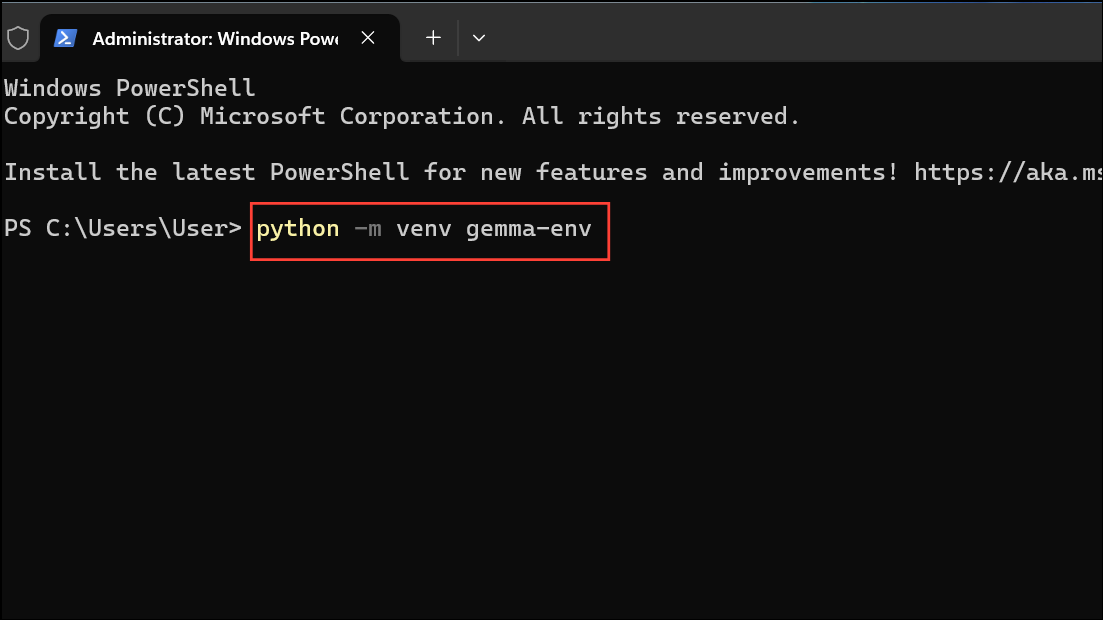
This isolates Gemma 3 dependencies from your global Python installation.
Step 6: Install all required dependencies listed in the requirements.txt file by running:
pip install -r requirements.txt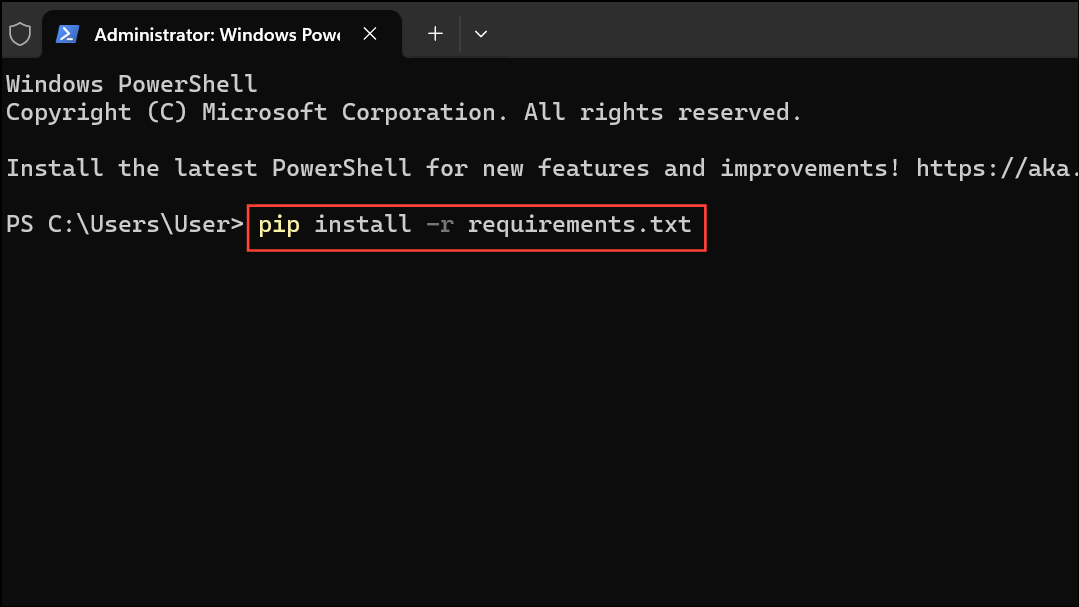
This command may take a few minutes to complete as it installs all necessary libraries.
Step 7: Once dependencies are installed, download the Gemma 3 model weights. Typically, the repository provides scripts or instructions for downloading these weights. Follow the instructions in the repository's README file carefully to obtain the correct model files.
Step 8: After downloading the model weights, you can test your Gemma 3 installation by running a provided example script. Typically, this can be done with a command similar to:
python run_gemma.py --model gemma-3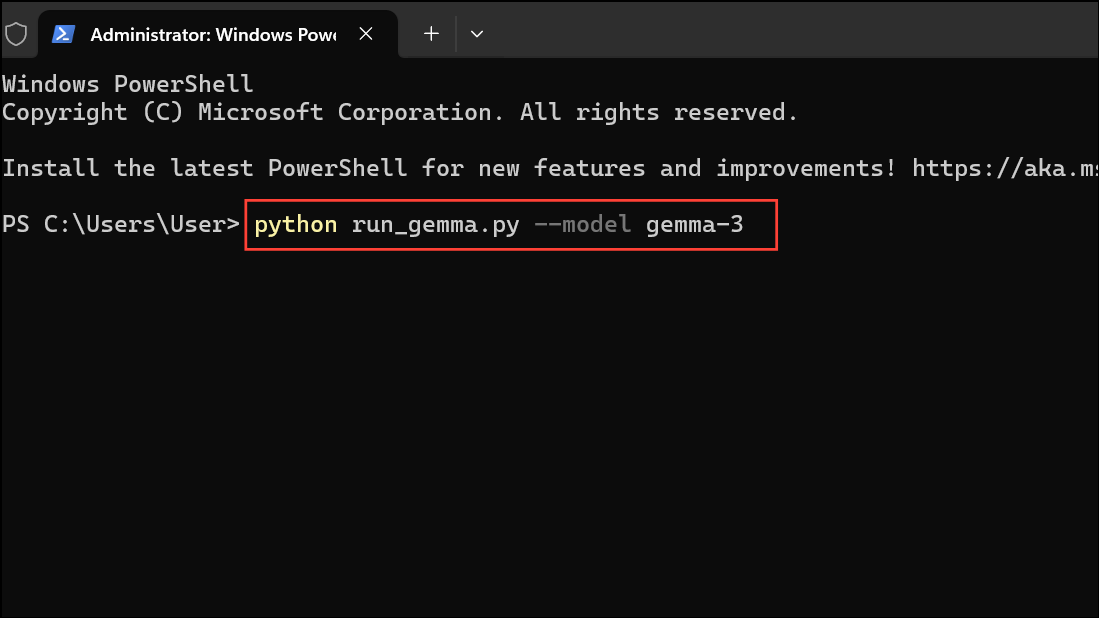
Replace run_gemma.py and gemma-3 with the actual script and model identifiers provided in the repository's documentation.
If everything is set up correctly, Gemma 3 will start running locally, ready to process your inputs.
Method 2: Installing Gemma 3 Using Docker (Alternative)
If you prefer containerized solutions, Docker provides a convenient alternative to set up Gemma 3 quickly.
Step 1: Install Docker Desktop on your Windows 11 PC from the official Docker website. Follow the provided installation instructions carefully to ensure Docker runs smoothly.
Step 2: Open Windows Terminal or Command Prompt and verify your Docker installation with:
docker --version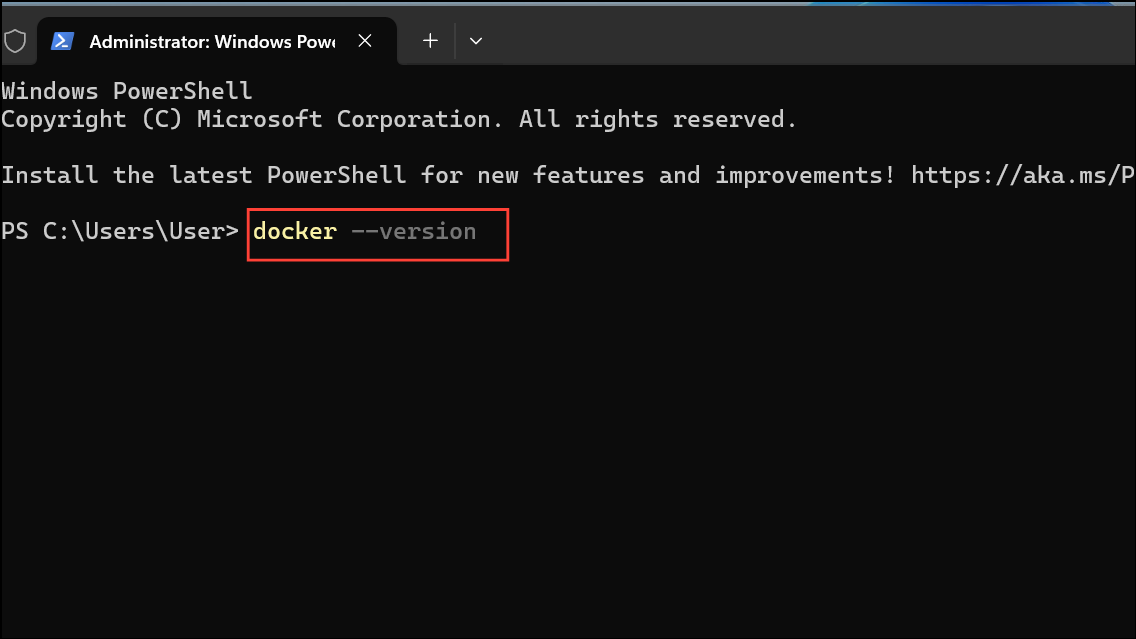
Step 3: Pull the official Gemma Docker container image (if available). Typically, the official repository or documentation will provide the Docker image name. For example, run:
docker pull google/gemma:latest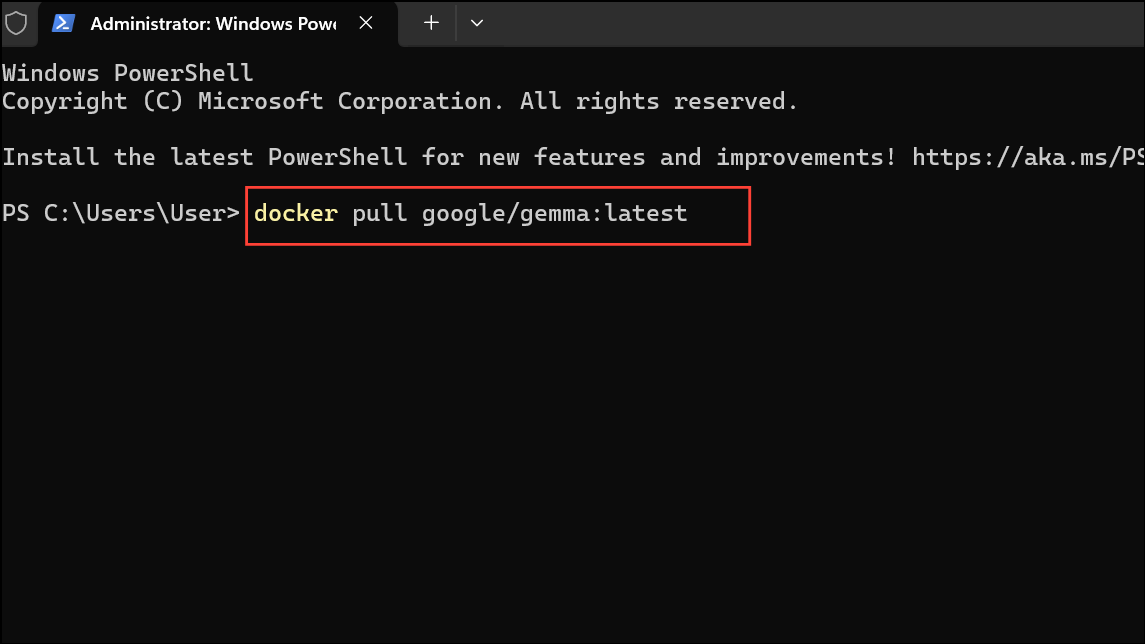
Replace google/gemma:latest with the actual Docker image name provided by the official Gemma documentation.
Step 4: Run the Docker container with Gemma 3 using the following command (adjust parameters as needed):
docker run -it --rm -p 8000:8000 google/gemma:latest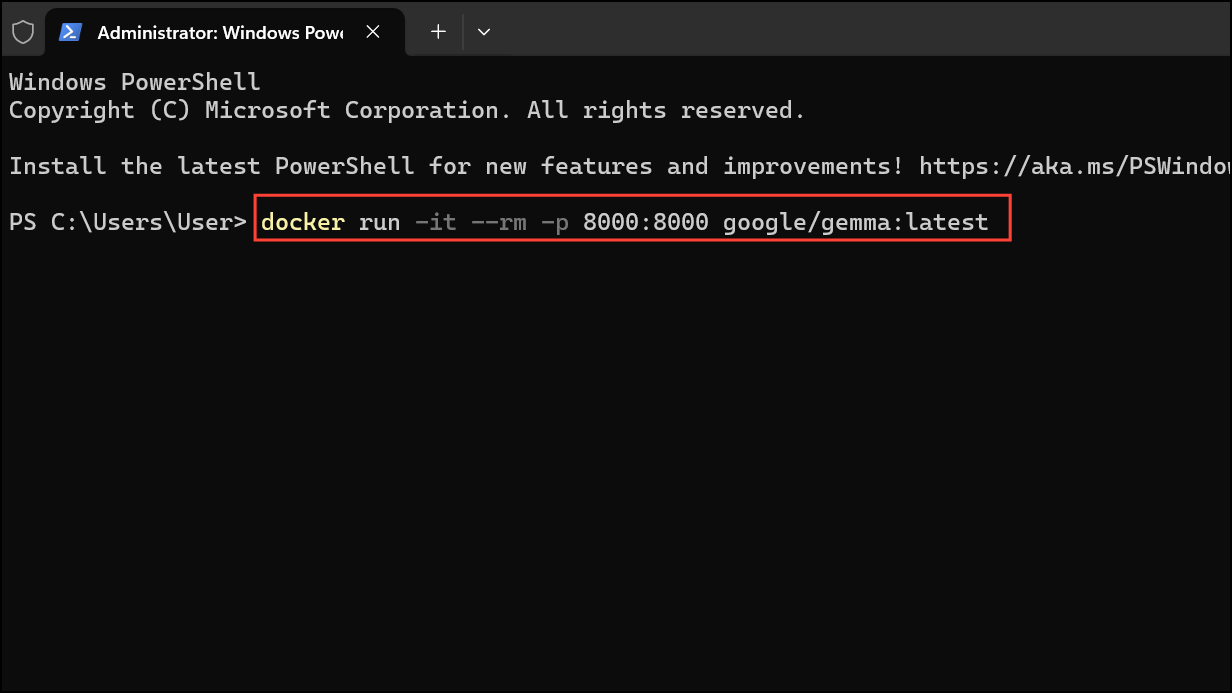
This command starts Gemma 3 in a Docker container, accessible via your browser or API client on port 8000.
Step 5: Confirm the container is running by opening your web browser and navigating to http://localhost:8000 or the specific address indicated in the container documentation.
Regularly update your Gemma 3 installation by pulling the latest changes from the official repository or Docker image. Keeping your environment updated ensures optimal performance, security patches, and new features.
Now you're ready to use Gemma 3 locally on your Windows 11 PC. Enjoy experimenting with natural language processing tasks directly from your desktop!

